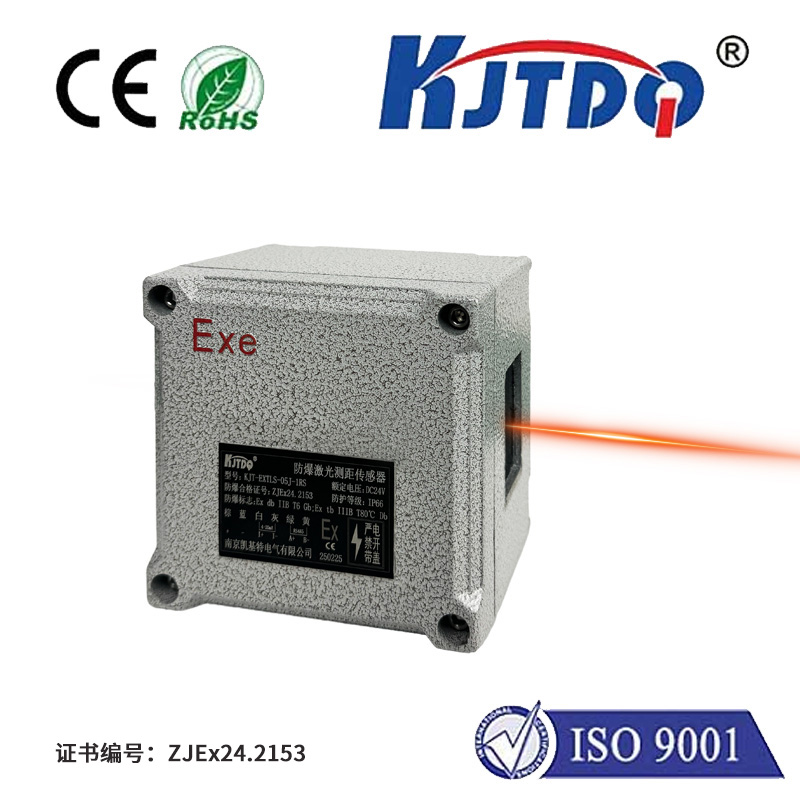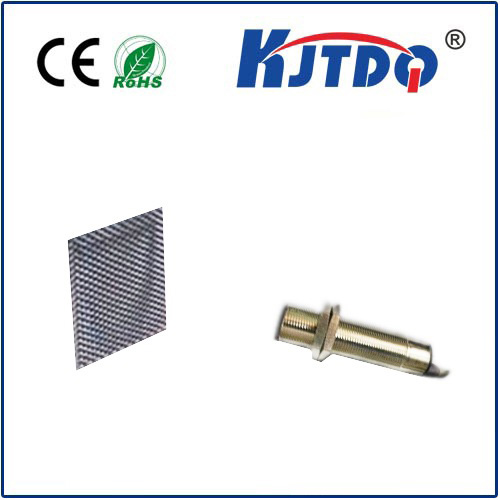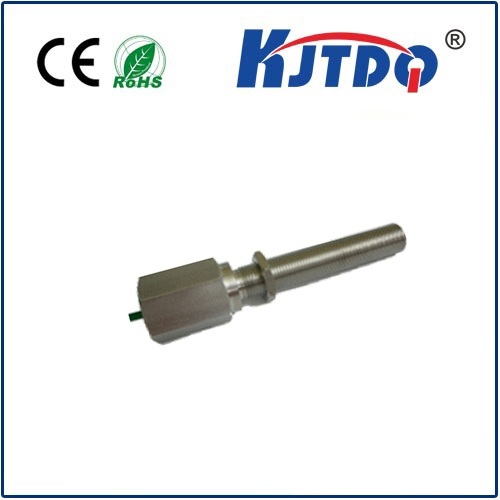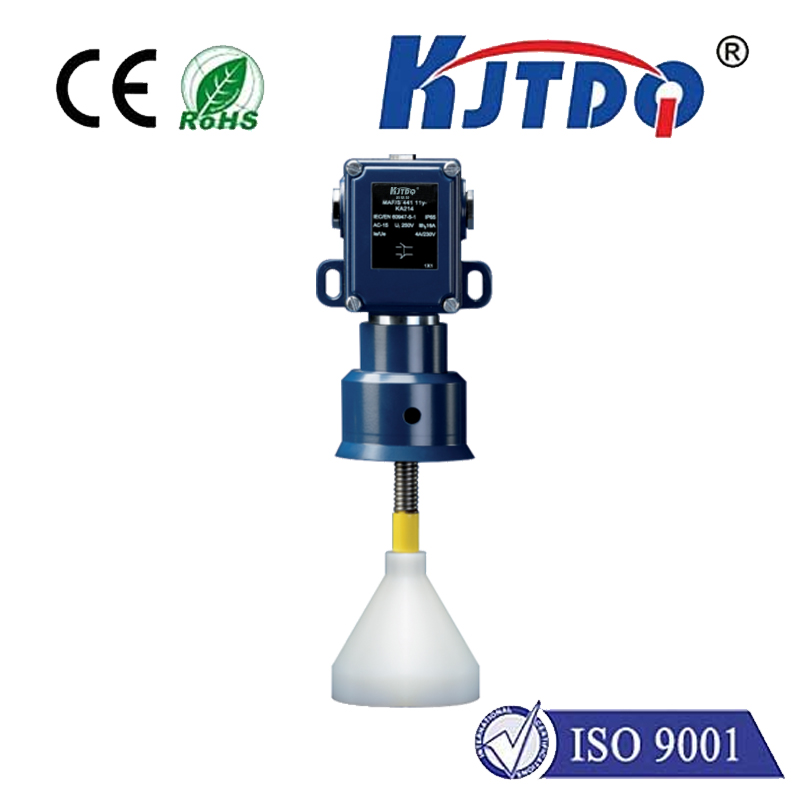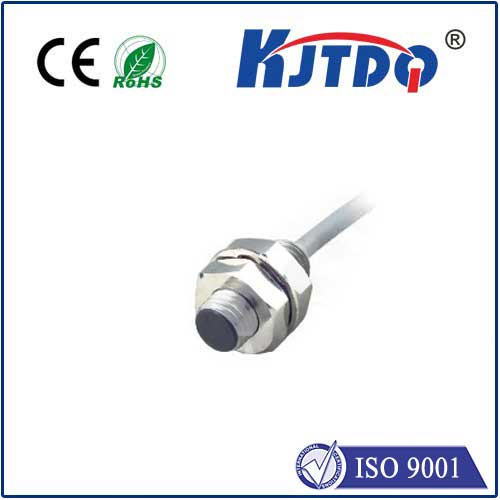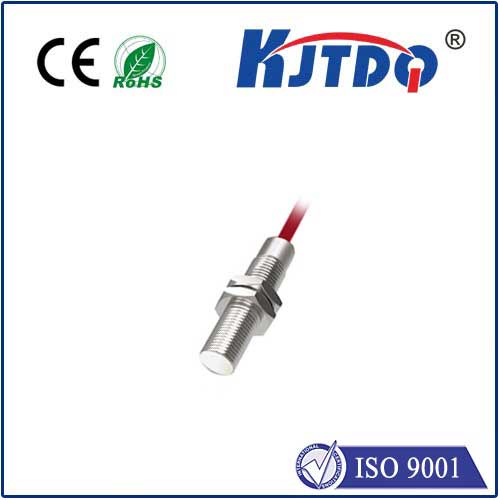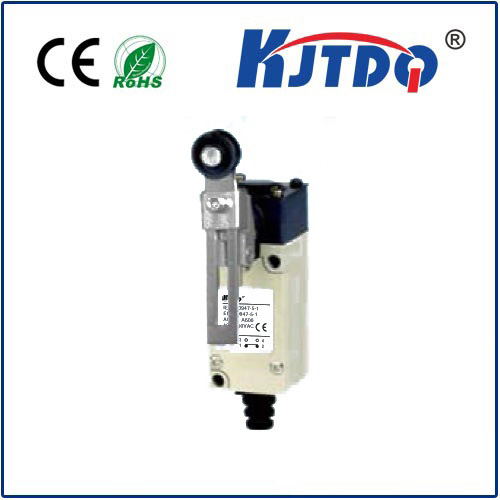fibre optic flex sensor
- time:2025-08-14 14:45:57
- Click:0
Fibre Optic Flex Sensors: Revolutionizing Precision Measurement in Bend-Sensitive Applications
Precision. It’s the cornerstone of countless modern technologies, from delicate surgical robots navigating the human body to vast bridges whispering their structural health. Yet, accurately measuring bend, curvature, and shape in real-time, especially in challenging environments, has often been a significant hurdle. Enter a transformative technology: fibre optic flex sensors. Far more than simple bend detectors, these ingenious devices leverage the fundamental properties of light traveling through optical fiber to unlock unprecedented levels of measurement fidelity where it matters most.
How Light Reveals the Bend: The Core Principle
At the heart of every fibre optic flex sensor lies the principle that bending an optical fiber alters the path and behaviour of light propagating within it. This isn’t magic; it’s well-understood physics. When a fiber is bent, several measurable phenomena occur:

- Macrobending Loss: Light rays exceeding the critical angle for total internal reflection escape the core, leading to a detectable reduction in transmitted light intensity. The tighter the bend, the greater the loss.
- Microbending Effects: Subtle deformations along the fiber can also scatter light, causing measurable attenuation.
- Strain-Induced Changes: Bending inherently strains the fiber material, subtly altering its refractive index (via the photoelastic effect) and its physical length. This impacts the light’s phase and wavelength characteristics.
Fibre optic flex sensors are engineered to exploit one or more of these phenomena. Unlike electrical strain gauges or potentiometers, they measure deformation purely optically, translating minute physical changes into highly quantifiable light signals. This fundamental difference underpins their unique advantages.
Unlocking Unique Advantages: Why Optic Flex Sensors Shine
What sets these sensors apart? Their benefits address critical limitations of traditional sensing methods:
- Immunity to Electromagnetic Interference (EMI): Made of glass or plastic, fibre optics are inherently non-conductive. They function flawlessly near high-voltage equipment, powerful motors, or MRI machines where electrical sensors fail or become dangerously unreliable. This is a game-changer in medical and industrial settings.
- Intrinsic Safety: No electrical currents run through the sensing element itself. This makes fibre optic bending sensors ideal for explosive or hazardous environments (ATEX zones), volatile chemical processes, or applications involving flammable gases or materials.
- High Precision and Resolution: Capable of detecting extremely small angles of bend or minute radius changes, they offer precision often surpassing traditional methods. This is crucial for applications like robotic surgery or micro-manipulation.
- Miniaturization Potential: Optical fibers are inherently thin and flexible. Sensors can be made remarkably compact, enabling integration into tight spaces, catheters, or intricate mechanisms.
- Corrosion and Chemical Resistance: Glass fibers are highly resistant to many harsh chemicals and corrosive environments, ensuring longevity where metal sensors degrade.
- Long-Distance Sensing & Multiplexing: Light signals can travel kilometers with minimal loss. Furthermore, techniques like distributed sensing (using technologies like Optical Frequency Domain Reflectometry - OFDR or Rayleigh scattering) allow a single fiber to act as hundreds or thousands of discrete bend/strain measurement points along its length. This is revolutionary for monitoring large structures.
- No Electrical Contact Required: Ideal for applications demanding electrical isolation between the sensor and the point of measurement.
Where Innovation Takes Shape: Key Application Areas
The unique strengths of optical fiber bending sensors drive their adoption across diverse, demanding fields:
- Medical Robotics and Minimally Invasive Surgery (MIS): This is arguably one of the most impactful domains. Fibre optic flex sensors are integrated into:
- Steerable Catheters and Endoscopes: Providing real-time feedback on the tip’s bend angle and shape, enabling precise navigation through complex vasculature or anatomy with unprecedented control.
- Surgical Instrumentation: Equipping robotic surgical tools with shape sensing capabilities allows surgeons unprecedented tactile feedback and spatial awareness of the tool’s position within the body cavity. This enhances safety and surgical outcomes.
- Continuum Robots: Flexible, snake-like robots rely heavily on distributed shape sensing using fibre optics to understand their complex, ever-changing configuration.
- Structural Health Monitoring (SHM): Protecting critical infrastructure is paramount. Distributed fibre optic sensing cables act as the nervous system for:
- Bridges, Dams, and Tunnels: Detecting bending, deformation, or settlement over vast distances, providing early warnings of potential structural issues long before visible damage occurs.
- Wings and Airframes: Embedded within composite materials in aircraft wings, they monitor flexing and stress distribution during flight, enabling condition-based maintenance and enhancing safety.
- Pipelines: Detecting ground movement-induced bending or third-party interference along extensive pipeline routes.
- Wearable Technology and Biomechanics:
- Motion Capture and Ergonomics: Integrated into smart clothing or body suits, they provide accurate joint angle measurement and body posture analysis without the line-of-sight limitations or magnetic interference issues of other systems. Their flexibility and comfort are key advantages.
- Rehabilitation: Monitoring limb movement and joint range of motion during therapy with high precision.
- Virtual Reality (VR) / Augmented Reality (AR): Enhancing haptic feedback systems or providing fine-grained gesture recognition inputs.
- Industrial Automation and Robotics:
- Collaborative Robot (Cobot) Safety: Sensing contact or bending in robot arms to trigger immediate safe stops when encountering humans or unexpected obstacles.
- Tendon-Driven Systems: Measuring the bend of flexible tendons controlling robotic fingers or grippers.
- Quality Control: Monitoring the bend radius of cables, wires, or flexible components during manufacturing.
Looking Ahead: Evolving Capabilities
The field of fibre optic flex sensing is far from static. Advancements focus on enhancing performance and accessibility:
- Improved Spatial Resolution and Accuracy: Refining distributed sensing algorithms and interrogation techniques to pinpoint bends with even greater precision along the fiber.
- Multiparameter Sensing: Developing sensors that simultaneously measure bend, twist, temperature, and strain from a single fiber.
- Integration with AI/ML: Leveraging artificial intelligence to analyze complex bend pattern data for predictive maintenance and anomaly detection in structures or machinery.
- Cost Reduction: Making the technology more accessible for broader industrial and consumer applications through simplified fabrication and interrogation systems.
- Novel Materials and Geometries: Exploring specialty fibers (like multicore or photonic crystal fibers) and innovative coating/embedding techniques to enhance sensitivity and tailor sensors for specific environments.
Fibre optic flex sensors represent a powerful convergence of photonics and materials science, offering a uniquely capable solution for measuring deformation where other technologies falter. From navigating the delicate pathways of the human body to safeguarding the integrity of our largest infrastructure projects, their ability to translate the subtle language of light into precise, reliable bend and shape data is fundamentally transforming how we interact with and understand the physical world. Their journey of innovation continues, promising even more sophisticated and impactful applications on the horizon.












